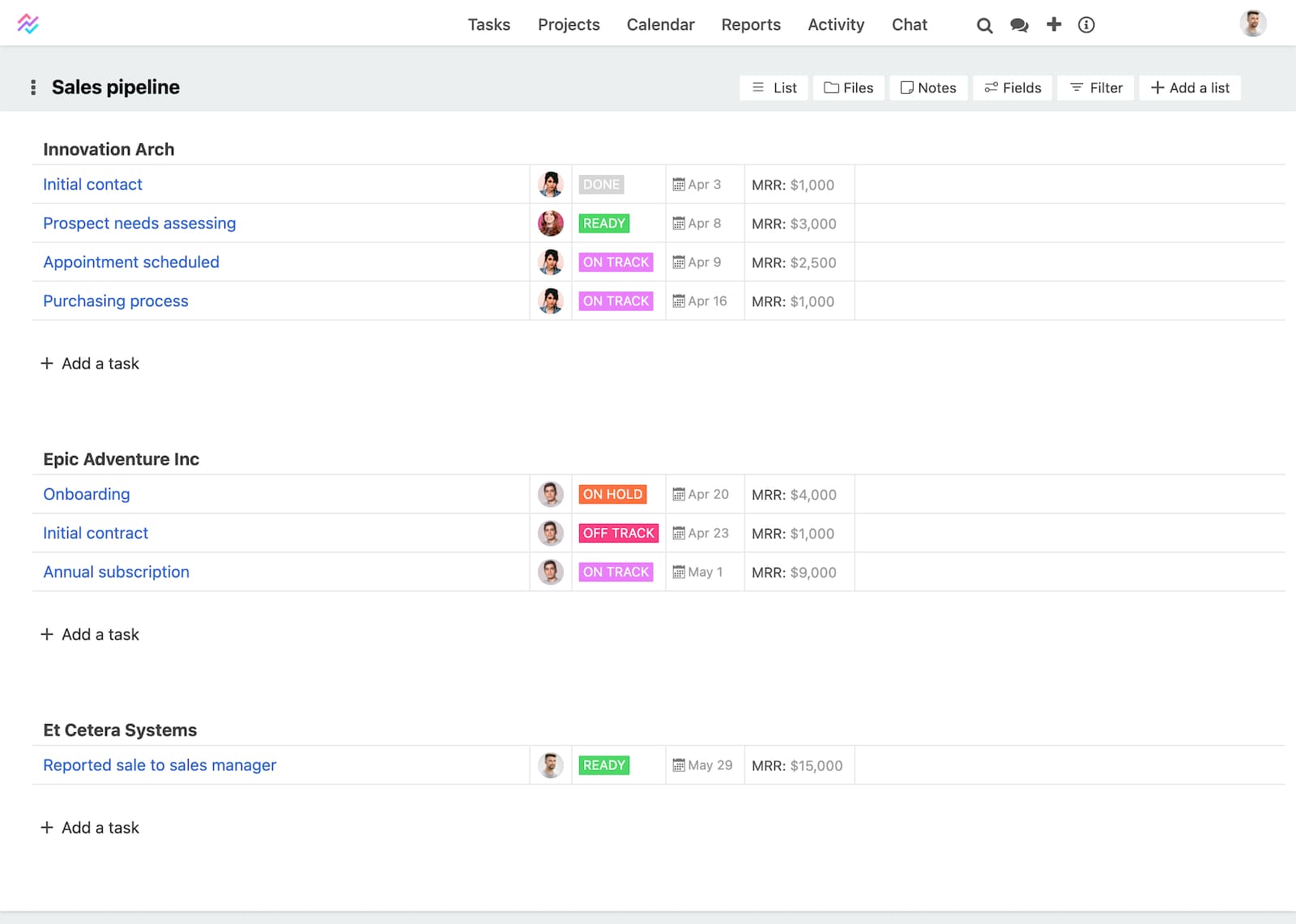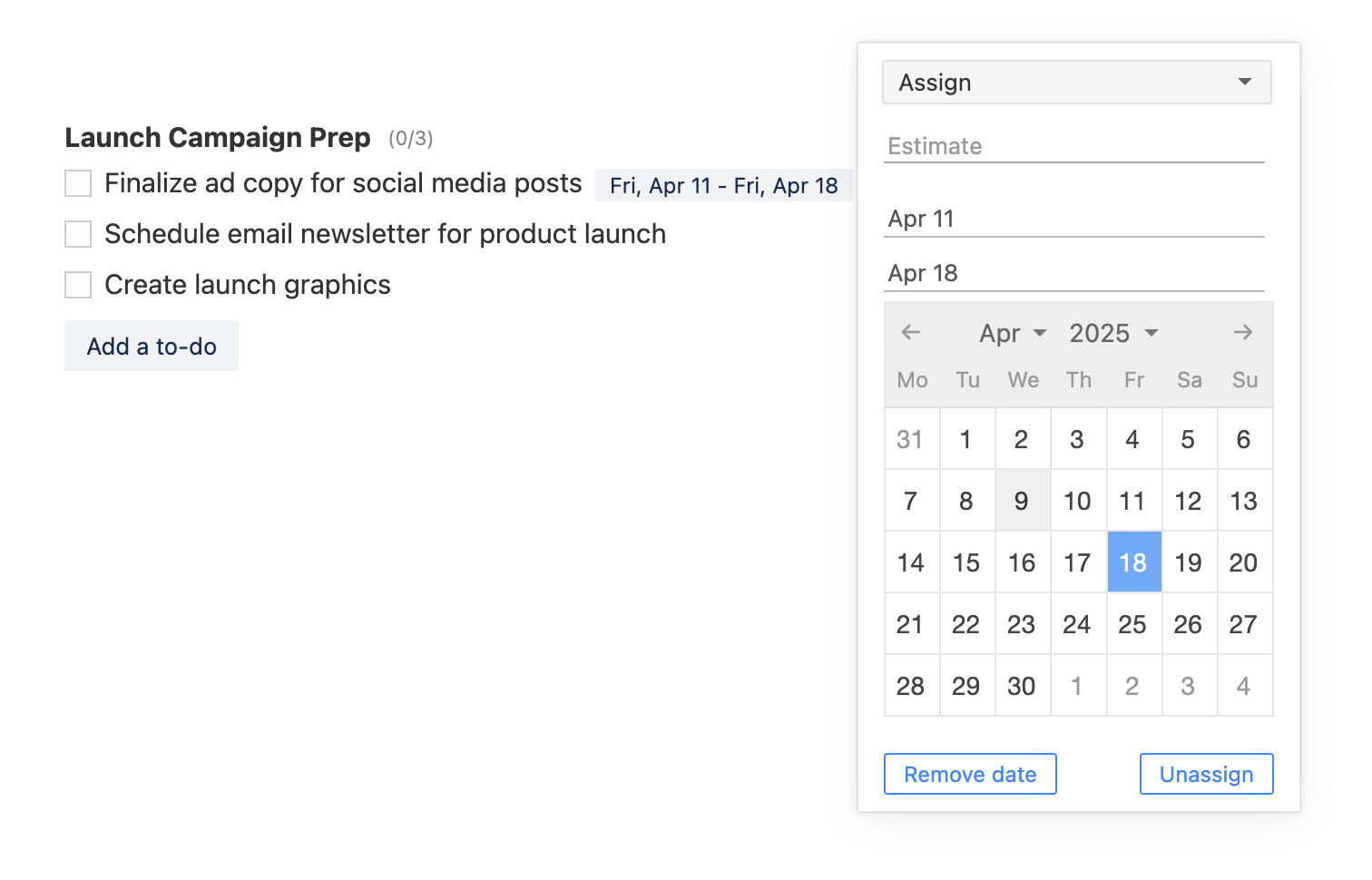How to set measurable goals for your team and track their outcomes
The objectives and key results (OKR) approach to management has been around for over fifty years. It has been enabling small, medium, and large organizations, including Google, to stay on track and grow. Andy Grove, remembered as the “Father of OKRs” created the OKR concept. John Doerr then popularized the approach.

What are objectives and key results?
Every organization wants its employees to define and meet specific goals that help the company grow. These can be termed OKR. OKR comprises objectives and key results.
- Objectives are what an individual, team, or organization wants to accomplish. They are tangible, action-oriented goals.
- Key results are measurable and provable outcomes that confirm when and how to meet objectives.
OKR works as a powerful goal-setting and strategy execution tool. With the OKR methodology, individuals and teams can lay down challenging goals with quantifiable outcomes. They can monitor progress along the way with milestones. They can also collaborate to streamline processes and improve.
Business and project leaders across the globe leverage the OKR methodology to communicate expectations from their teams. They can outline objectives and list milestones that will help achieve the objectives. The OKR framework helps manage employee, team, and organizational performance with practical, quantitative, and qualitative objectives and goals.
How to calculate OKR
According to John Doerr, OKR can be derived by combining what an individual or team wants to achieve and how the person or team will accomplish the long or short-term goal. It is to set an objective and key results with clear ways to measure successful goal completion.
| OKR | = | Objective | + | 3x Key results |
| What to achieve | How to achieve |
3 Types of OKRs
An OKR can be committed or aspirational, and at times, a learning OKR.
1. Committed OKR
A committed OKR is also referred to as a roof shot OKR. A committed OKR is like a commitment that an individual, team, or enterprise has agreed upon. These OKRs have clearly defined paths and action plans to help realize outcomes successfully.
2. Aspirational OKR
An aspirational OKR is a stretch goal and at times referred to as a moonshot OKR. As the name suggests, these OKRs are aspirational or ambitious. No one may have achieved them yet. Aspirational OKRs can be long-term goals and may require teams to allow a certain level of flexibility. They may be transferred between team members. An aspirational OKR usually has a higher risk of failure and may not see the light of the day. However, if achieved, it could bring huge success to the project and organization.
3. Learning OKR
A learning OKR focuses on learning rather than achieving anything else. New learning is the accomplishment here. Learning OKRs can inspire employees and teams to test and explore new paths when they aren’t sure how to proceed. A few months after an application rollout, a learning OKR can have the team talking to a specific number of users to gather feedback and understand pain points. Learning from the OKR can help fix issues and set a new committed OKR—such as driving 500 new app downloads within 3 months.
OKR writing tips
Measurable, challenging, clearly defined, time-bound, and constantly monitored objectives and key results are key to having good OKRs. Here are five useful tips to help individuals and teams derive maximum benefit from the OKR framework. Managers can use them to guide team members with their OKRs and improve their project management skills.

1. Align your OKRs with your project and company goals
Understanding project and organizational objectives can help create OKRs that will drive greater value for the larger group. Having a few personal OKRs to propel one’s career is fine. But rather than writing isolated OKRs, think of ways how they can contribute toward project success. Come up with OKRs that will help you hone your skills and utilize your expertise while enabling the organization to grow.
2. Use the right medium to set and manage OKRs
Managing OKRs with pen and paper or offline tools—such as MS Word and Excel—can be cumbersome. Editing, tracking, and making updates can be difficult. Team OKRs demand team activities and collaboration, but offline tools have a limited scope for teamwork. Utilize a project management tool such as Breeze so the whole team can set and manage OKRs easily and efficiently.
3. Draft the objective first and then the key results
The objective is the OKR’s destination. Write down the objective in a sentence or two so you’re aware of where you’re heading. Let it be ambitious and challenging. Set a start and end time for the OKR. Next draft the key results. They define success. Key results are the benchmarks you set to validate you’ve reached your destination. Set 3-5 key results and let them be clear with numerical values so it’s easy to measure progress. Overall, your OKRs must include SMART goals—specific, measurable, achievable, relevant, and time-bound goals.
4. Track your OKRs
OKRs are not meant to be written and forgotten. Including time-bound milestones can help individuals and teams stay on track. An online tool such as Breeze allows team members to add relevant milestones. It also allows project managers to view the team’s OKRs and milestones so they can guide their teams toward accomplishing goals.
5. Tag OKRs as committed or aspirational right in the beginning
While committed OKRs are expected to be 100% complete, teams and individuals may not be able to achieve all of the key results in an aspirational OKR. However, it’s important to label the OKRs right while setting them, so there’s no confusion while closing the OKRs. Both types of OKRs require a certain level of commitment. There’s no point in setting OKRs if they are retagged in the end from “committed” to “aspirational” due to a lack of commitment.
OKR examples to help you get started
If you are setting OKRs for the first time, these samples may be used as a reference, source of inspiration, or a starting point. Each of them has an objective statement followed by three key results.

Marketing OKR sample
Objective: Create helpful and informative blog posts and articles.
- Key result: Interview 20 industry thought leaders.
- Key result: Drive 1 million organic traffic visitors to the blog by the end of the quarter.
- Key result: Drive at least 400 clicks on the call-to-action links within the blog this quarter.
Engineering OKR sample
Objective: Streamline the development process to improve product quality and accelerate product rollout.
- Key result: Automate development to eliminate human error, reducing overall errors by 30%.
- Key result: Increase test coverage by 40%.
- Key result: Reduce bugs in the end-user testing phase by 50%.
Accounting OKR sample
Objective: Optimize the organization’s bookkeeping process
- Key result: Explore five modern tools by DD/MM/YYYY to automate bookkeeping.
- Key result: Try out three new techniques by DD/MM/YYYY to speed up the process and reduce errors.
- Key result: Run weekly tests and create management dashboards to identify errors and simplify reporting.
How to use Breeze to set and manage OKRs
Breeze makes setting and managing OKRs simple, easy, and efficient. Various teams, including marketing, design, sales, engineering, management, attorneys, and churches have been completing their OKRs with Breeze. Here are two key features to help you create and track OKRs.
To-dos and to-do lists
An objective can be drafted as a “To-do” in Breeze. The to-do activity can be assigned to one person or multiple team members. “To-do lists” allow adding multiple key results under each objective. The key results can be easily dragged and dropped as relevant. You can prioritize and set timelines for achieving each outcome. Once a key result has been achieved, it can be marked as complete. The To-do feature works best for short, compact OKRs.

Some OKRs may have similar key results. In such instances, Breeze allows users to easily copy to-do lists. If you’ve just switched to Breeze and have your OKRs on an offline tool or a different application, you needn’t type out everything on Breeze. Simply import the objectives and key results or copy-paste them onto Breeze.
Tasks and task lists
If your OKRs are comprehensive, use the “Tasks” feature in Breeze. While an objective can be drafted as a task, the “task list” allows adding multiple key results under each objective. Breeze helps you stay on top of your OKRs so you never go off track.

- Edit key result status, as relevant, to indicate progress.
- Label different types of results with different colors for easy identification.
- Tags OKRs as committed, aspirational, or learning, and color-code them to differentiate them at a glance.
- Set challenging deadlines for achieving results.
- View due dates and OKR status in the calendar anytime you want to.
- Easily assign or reassign objectives and key results to one or multiple team members simultaneously.
- Stay organized with everything in one place—add relevant files, documents, client information, feedback, and notes.
- Import or copy-paste OKRs from anywhere—similar to to-do lists—as tasks and task lists.
Switch to breeze and manage your OKRs effortlessly
Breeze offers a host of features, including reports and dashboards. Team members can view the full list of their OKRs and their status at the click of a button. Managers can get an easy bird’s eye view of the whole team’s OKRs and how they are progressing.
Set OKRs and run your projects more efficiently with Breeze. Get started now.








